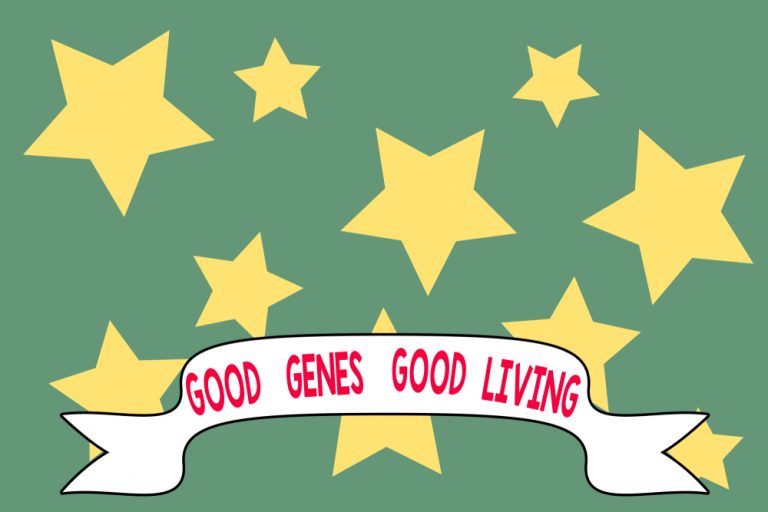
This is the artistic reconstruction of Lola, a 5,700-year-old woman. Her appearance was reconstructed from DNA analysis of a chewed piece of birch pitch. The DNA analysis of this prehistoric “chewing gum” has now been revealed, and it shows in remarkable detail, the way she looked.
The team of researchers nicknamed the young Neolithic woman “Lola” after Lolland, the island in Denmark on which the 5,700-year-old chewing gum was discovered. The Stone Age archaeological site, Syltholm, on the island of Lolland, preserved the gum in mud for thousands of years after Lola threw it away. The gum was so well-preserved that a group of scientists at the University of Copenhagen were able to pull out a complete ancient human genome, more exactly, all of the woman’s genetic material. They also extracted DNA from ancient pathogens and oral microbes that she had in her mouth.
According to a statement from the University of Copenhagen, this was the first time that an entire human genome was pulled out from something other than human bones. The researchers’ analysis has revealed that the prehistoric gum chewer was female, and likely had dark skin and hair, and blue eyes.
Also, they found that Lola’s genes matched more to hunter-gatherers from the European mainland than those who lived in central Scandinavia at that time.
The ancient gum also left indications of plant and animal DNA, such as hazelnuts and duck, which were likely part of Lola’s diet, according to the researchers. Moreover, they found genes associated with “lactase non-persistence,” which means that Lola didn’t digest dairy very well.
Some other archeological discoveries from the site had implied “that the people who occupied the site were heavily exploiting wild resources well into the Neolithic, which is the period when farming and domesticated animals were first introduced into southern Scandinavia,” lead author Theis Jensen, a postdoctoral fellow from the Globe Institute at the University of Copenhagen, said in the statement.
In addition, the DNA from the oral microbes found in the chewing gum could belong to the Epstein-Barr virus, which causes mononucleosis, known as “mono” or the “kissing disease.”
The birch pitch is a blackish-brown substance that is created through heating up birch bark. This is a substance that has been long used since the Paleolithic era as a glue for making stone tools, according to the statement.
Giving the fact that the pieces of birch pitch that they have found were covered in tooth marks, archeologists suggest that as it cools and solidifies, it was chewed to make it more malleable before using the glue.
There are other theories that suggest people chewed the birch pitch as an antiseptic, to relieve toothaches or other diseases. Some say that the birch pitch could have been used for toothbrushing, to repress hunger or even just for fun, as a piece of chewing gum.
Ancient “chewing gums” are a relatively new source of DNA to analyze, and it can help reveal the microbiome of our ancestors. It may also help to explain how bacteria and viruses have changed over time.
“It can help us understand how pathogens have evolved and spread over time, and what makes them particularly virulent in a given environment,” senior author Hannes Schroeder, an associate professor from the Globe Institute at the University of Copenhagen, said in a statement. “At the same time, it may help predict how a pathogen will behave in the future, and how it might be contained or eradicated.”











































